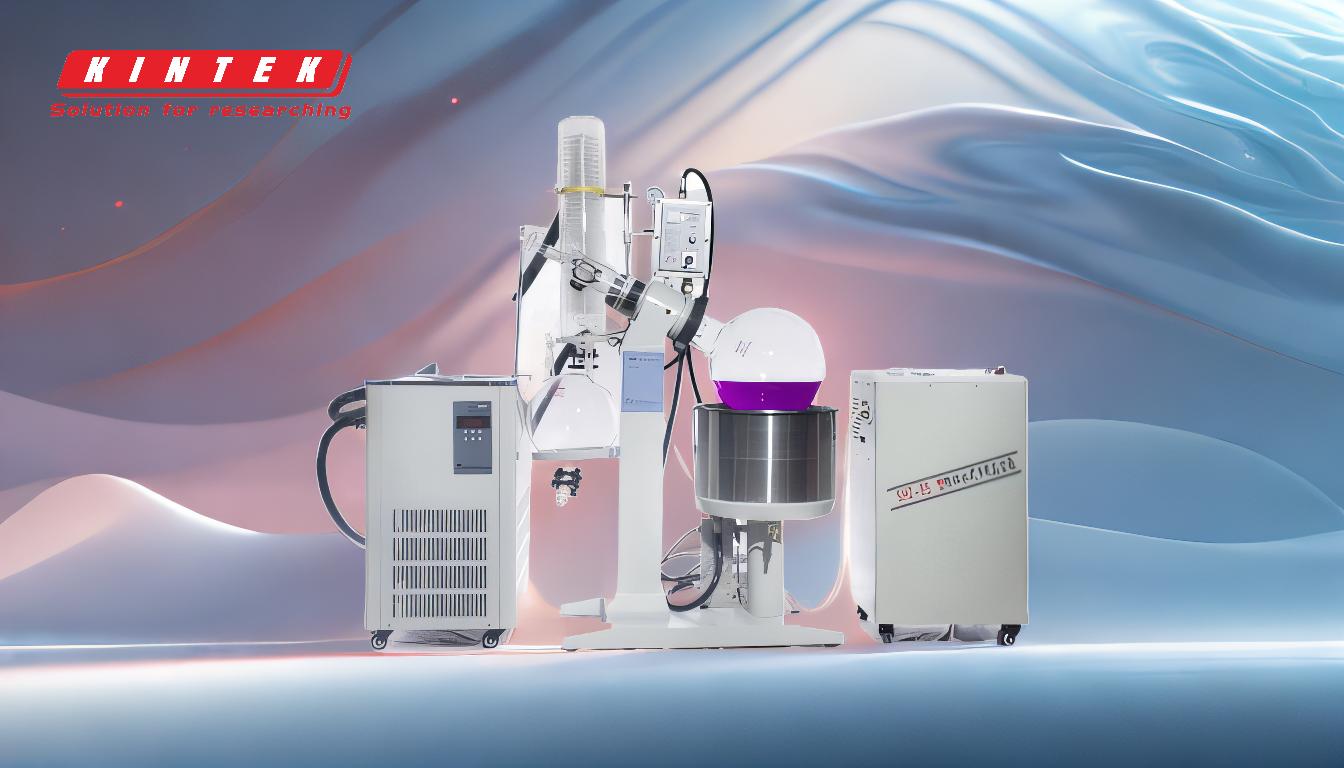The optimal temperature for toluene rotary evaporation typically falls within the range of 30-50°C, depending on the specific setup and desired balance between efficiency and safety. Lower temperatures (30-40°C) are often preferred to minimize the risk of bumping and thermal decomposition, while higher temperatures (up to 50°C) can speed up the process but may require careful monitoring. Using tools like a manometer and distillation nomograph can help fine-tune the temperature and vacuum settings for consistent results.
Key Points Explained:

-
General Temperature Range for Toluene Rotary Evaporation:
- For most solvents, including toluene, rotary evaporation is effective within a temperature range of 25-50°C.
- This range balances efficiency and safety, ensuring the solvent evaporates without excessive heat that could lead to decomposition or other issues.
-
Recommended Water Bath Temperature:
- A water bath temperature of 30-40°C is commonly recommended for toluene.
- This range helps prevent thermal decomposition of sensitive compounds and reduces the likelihood of bumping, which can disrupt the process.
-
Ethanol Vapor Temperature:
- If ethanol is used as a co-solvent or in the cooling system, maintaining the ethanol vapor temperature at 15-20°C is ideal.
- This ensures effective condensation and recovery of the solvent.
-
Heating Bath and Chiller Settings:
- For consistent results, set the heating bath to 50°C and the chiller to 10°C.
- These settings optimize the evaporation and condensation processes, especially when using automated systems with solvent libraries.
-
Vacuum Settings:
- Adjusting the vacuum pressure is crucial for efficient rotary evaporation. Lower vacuum values can compensate for lower temperatures, speeding up distillation without increasing the risk of thermal damage.
- Use tools like a manometer and distillation nomograph to fine-tune the vacuum settings based on the solvent and sample properties.
-
Safety Considerations:
- Higher temperatures (e.g., 60°C) can accelerate the process but may pose safety risks, such as increased volatility of toluene and potential cleaning challenges if silicone oil is used as the heating medium.
- Always prioritize safety by avoiding excessive temperatures and ensuring proper ventilation and equipment maintenance.
-
Tools for Optimization:
- Utilize tools like a manometer to monitor vacuum pressure and a distillation nomograph to determine the optimal temperature and pressure settings for toluene.
- Automated systems with solvent libraries can simplify the process by providing preset parameters for common solvents like toluene.
By carefully selecting and monitoring the temperature, vacuum, and cooling settings, you can achieve efficient and safe rotary evaporation of toluene while minimizing risks and maximizing yield.
Summary Table:
| Aspect | Optimal Range/Setting |
|---|---|
| General Temperature Range | 25-50°C |
| Recommended Water Bath | 30-40°C |
| Ethanol Vapor Temperature | 15-20°C |
| Heating Bath Setting | 50°C |
| Chiller Setting | 10°C |
| Vacuum Pressure | Adjust based on solvent properties |
| Safety Considerations | Avoid >60°C |
| Tools for Optimization | Manometer, Distillation Nomograph |
Optimize your toluene rotary evaporation process—contact our experts today for personalized guidance!










